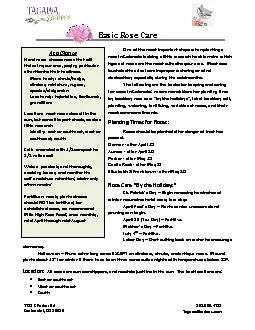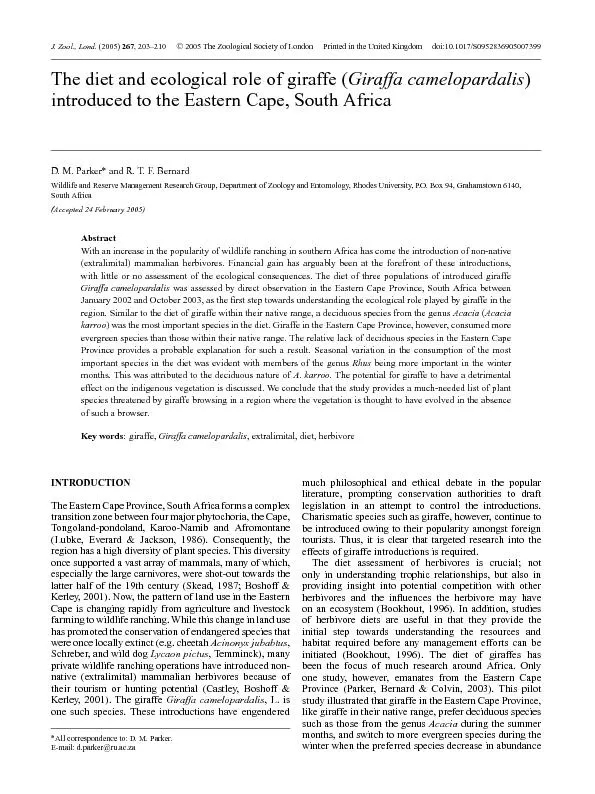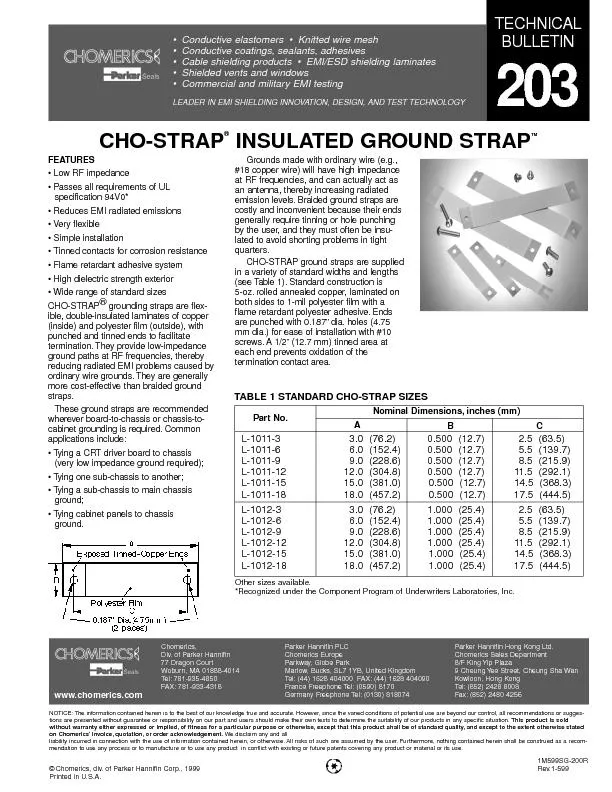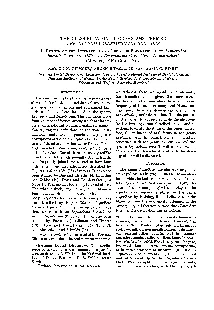PDF-7711 S Parker Rd
Author : brown | Published Date : 2021-06-30
Centennial CO 80016 3036904722 TagawaGardenscom At a Glance Hardiness choose roses that will thrive in your area paying particular attention to their hardiness More
Presentation Embed Code
Download Presentation
Download Presentation The PPT/PDF document "7711 S Parker Rd" is the property of its rightful owner. Permission is granted to download and print the materials on this website for personal, non-commercial use only, and to display it on your personal computer provided you do not modify the materials and that you retain all copyright notices contained in the materials. By downloading content from our website, you accept the terms of this agreement.
7711 S Parker Rd: Transcript
Download Rules Of Document
"7711 S Parker Rd"The content belongs to its owner. You may download and print it for personal use, without modification, and keep all copyright notices. By downloading, you agree to these terms.
Related Documents














